Submitted by WA Contents
Snøhetta built pentagonal and oblique wooden cabins for hikers on the mountains of Luster
Norway Architecture News - Jun 22, 2020 - 10:29 4320 views
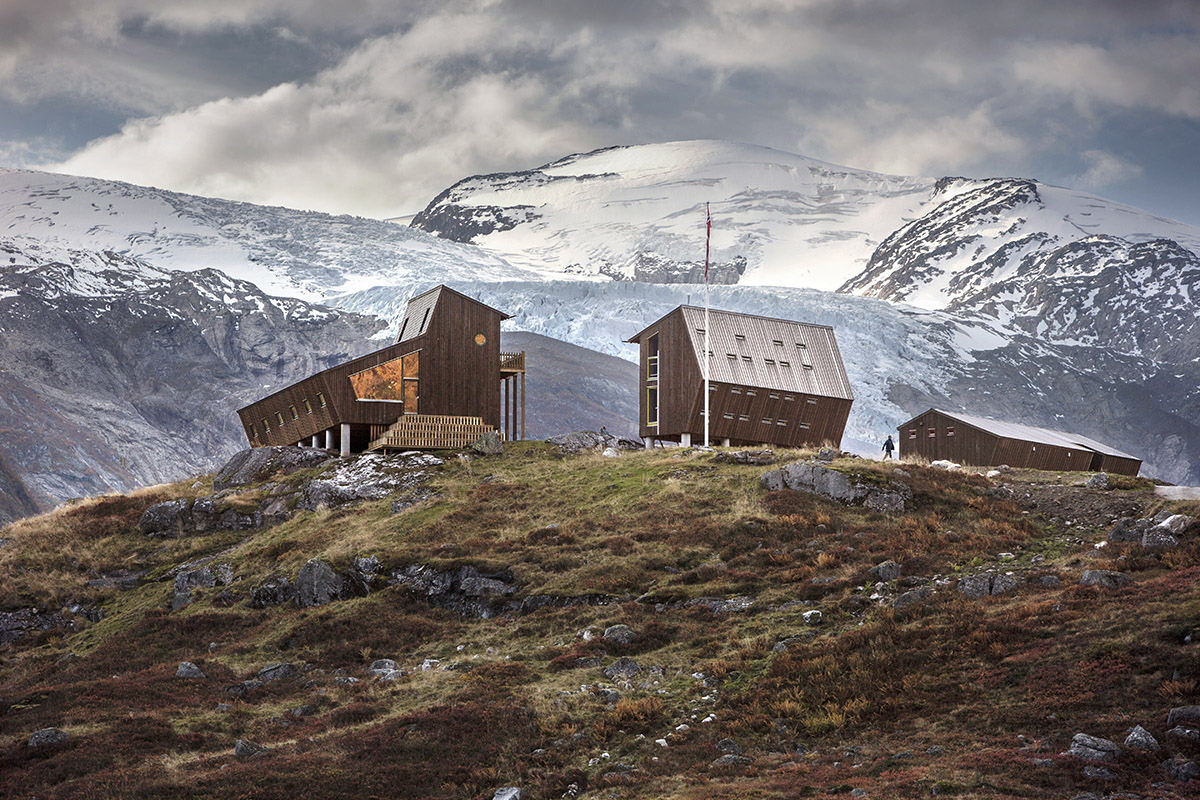
Snøhetta has completed a constellation of pentagonal and oblique wooden cabins for hikers on the mountains of Luster in the western part of Norway on a small plateau overlooking the beautiful Jostedalen glacier.
Named Tungestølen, the cabins, featuring angular windows and playful forms, are scattered randomly on site to catch mesmerizing views over the mountains.

Image © Jan M. Lillebø
Snøhetta designed the cabins for Luster Turlag, a local branch of the Norwegian National Trekking Association. Designed as an architectural reaction to the changing weather conditions of this mountainous site, the distinct cabins offer visitors a comfortable and generous shelter during the summer and autumn months when the cabin is open to the public.
"On Christmas Day 2011 the original Tungestølen Tourist Cabin, which had served as an important destination for avowed glacier hikers for more than a century, was completely devastated by the cyclone Dagmar that swept over Norway and neighboring countries," said Snøhetta.
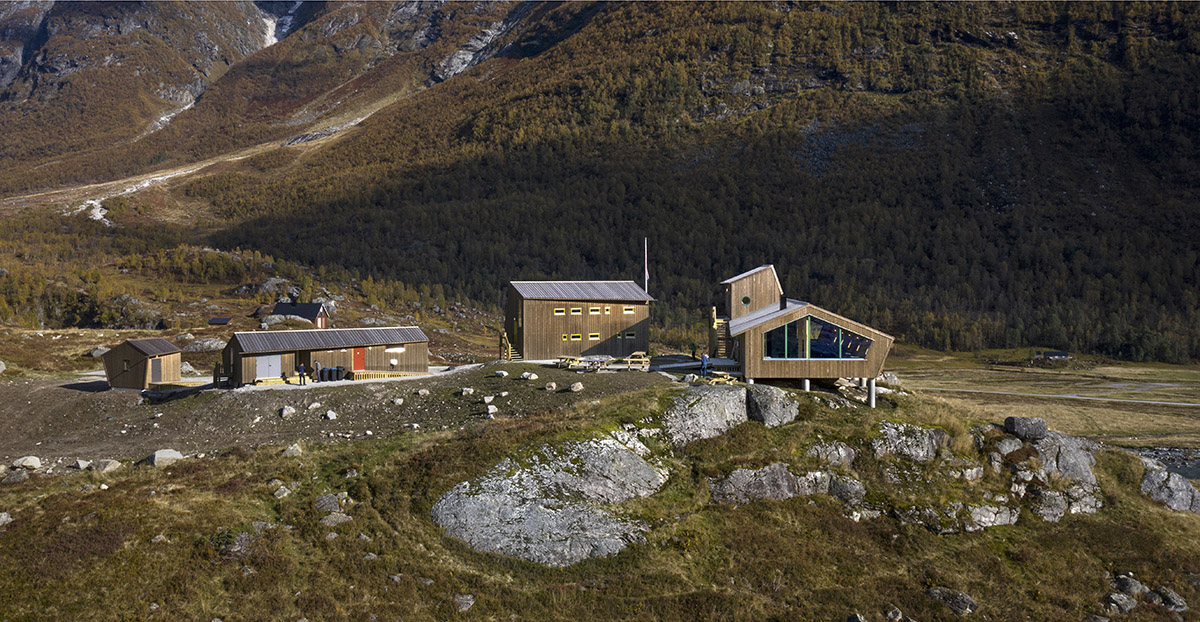
Image © Jan M. Lillebø
Determined to replace the old cabin, Luster Turlag and the small local village of Veitastrond, mobilized to collect funds for the rebuild and initiated an international architectural competition that Snøhetta won in 2015.
With the ravaging of the original Tungestølen cabin fresh in mind, Snøhetta designed a new constellation of nine robust pentagonal and oblique cabins, made with wooden glue-lam frames, covered by sheets of Cross-laminated timber (CLT) and clad in ore pine.
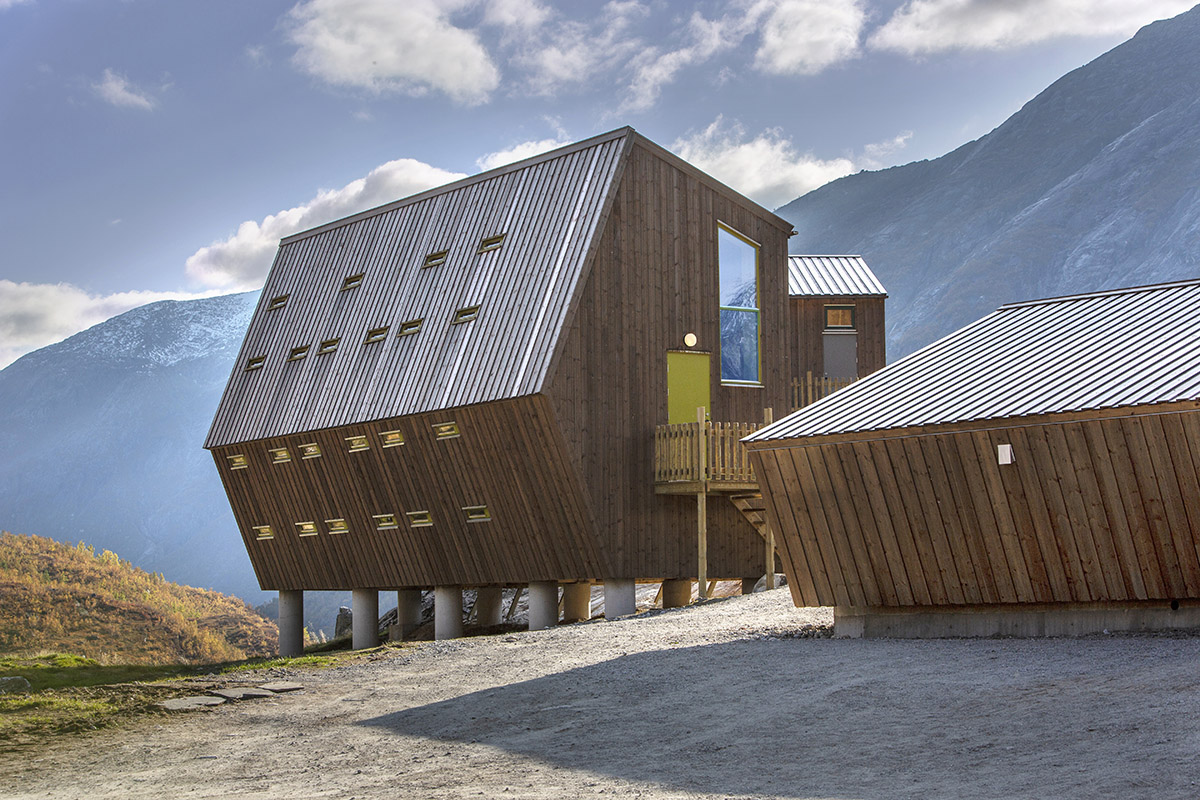
Image © Jan M. Lillebø
The outward-facing walls of the cabins have been given a beak-like shape to slow down strong winds sweeping up from the valley floor.
Inside, the playful shape of the cabins frames the mountains and valleys outside through angular and panoramic windows, adding views and light to the spaces while encouraging individual contemplation and respite.
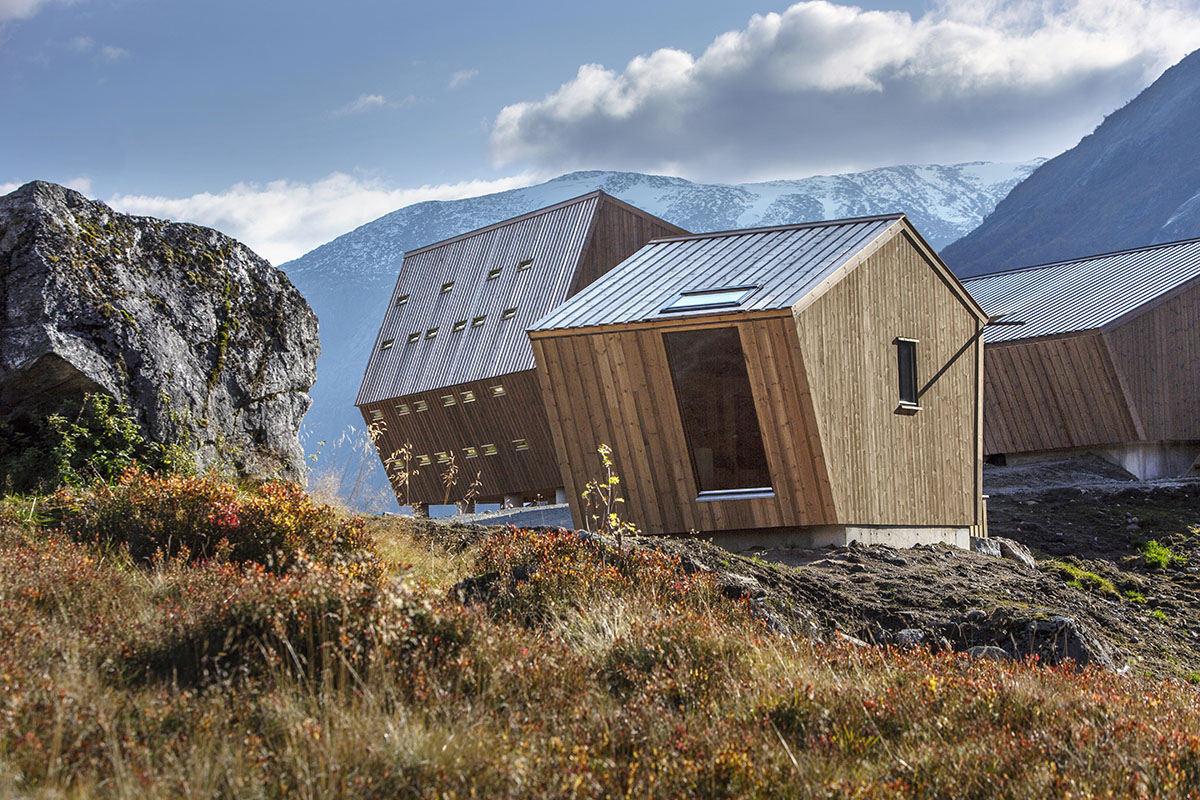
Image © Jan M. Lillebø
The main cabin at Tungestølen offers a welcoming space well-suited for collective meals around generous wooden tables. At its highest, the ceiling measures 4,6 meters, creating a social and spacious meeting spot with panoramic views overlooking the surrounding landscape.
The main cabin also comprises a comfortable lounge framed by a large stone-clad fireplace, offering a cozy retreat from the sometimes-chilly summer days outside.

Image © Jan M. Lillebø
The remaining cabins consist of a dormitory and a smaller private unit offering approximately 30 visitors the possibility to spend the night comfortably.
Once all nine cabins are completed in the next construction phase, Tungestølen will have enough capacity to accommodate up to 50 visitors.
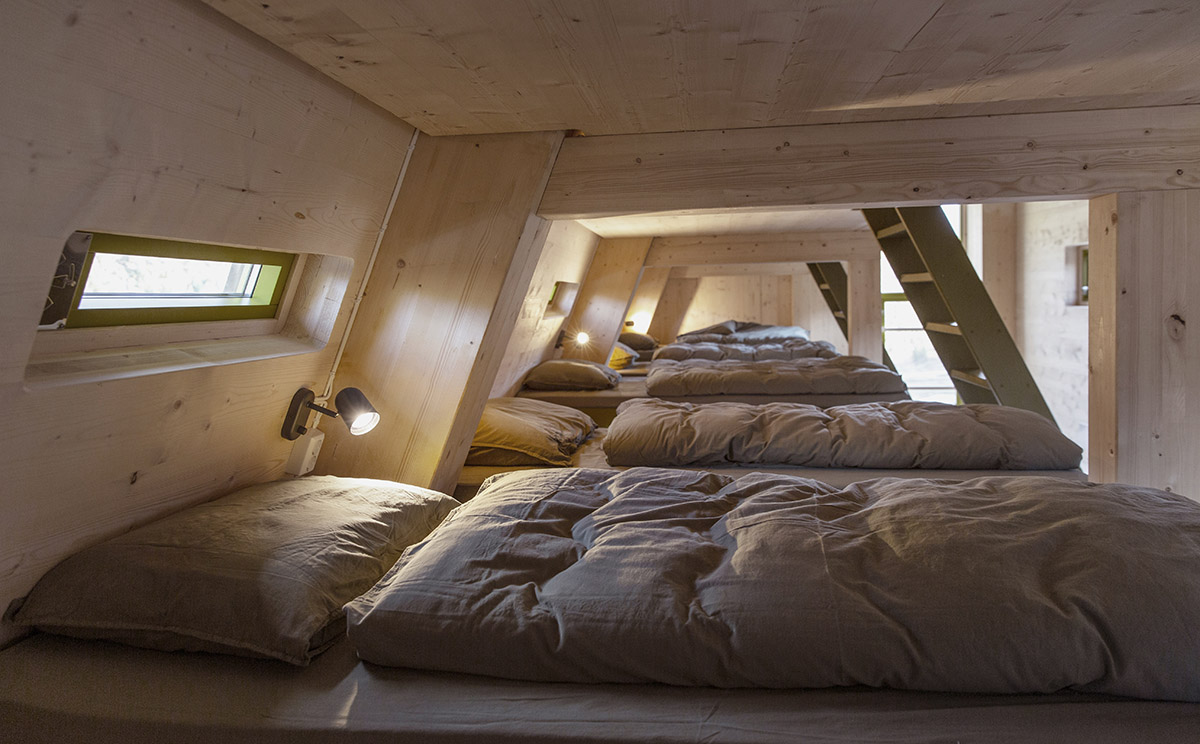
Image © Jan M. Lillebø
One of the final cabins that will be built on the site is the original model for the Snøhetta designed Fuglemyrhytta cabin in Oslo which has become an enormously popular hiking destination ever since its opening in 2018.
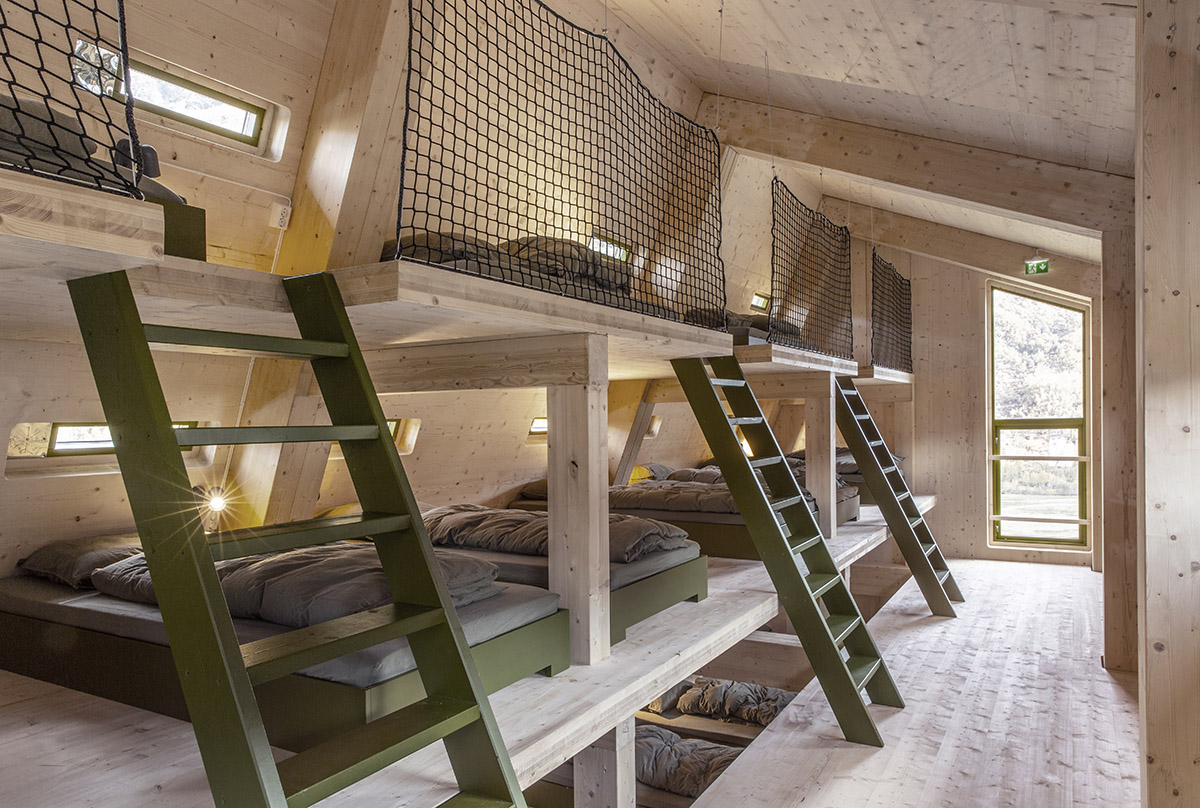
Image © Jan M. Lillebø
Surrounded by a dramatic landscape with steep mountains on all sides, Tungestølen serves as a perfect starting point for adept hikers who wish to conquer local glaciers in guided groups, but also for families with small children who wish to take shorter and less advanced hikes in the surrounding area.
The cabin was officially inaugurated by Her Majesty Queen Sonja last fall and will open again for visitors when the hiking season commences in June.
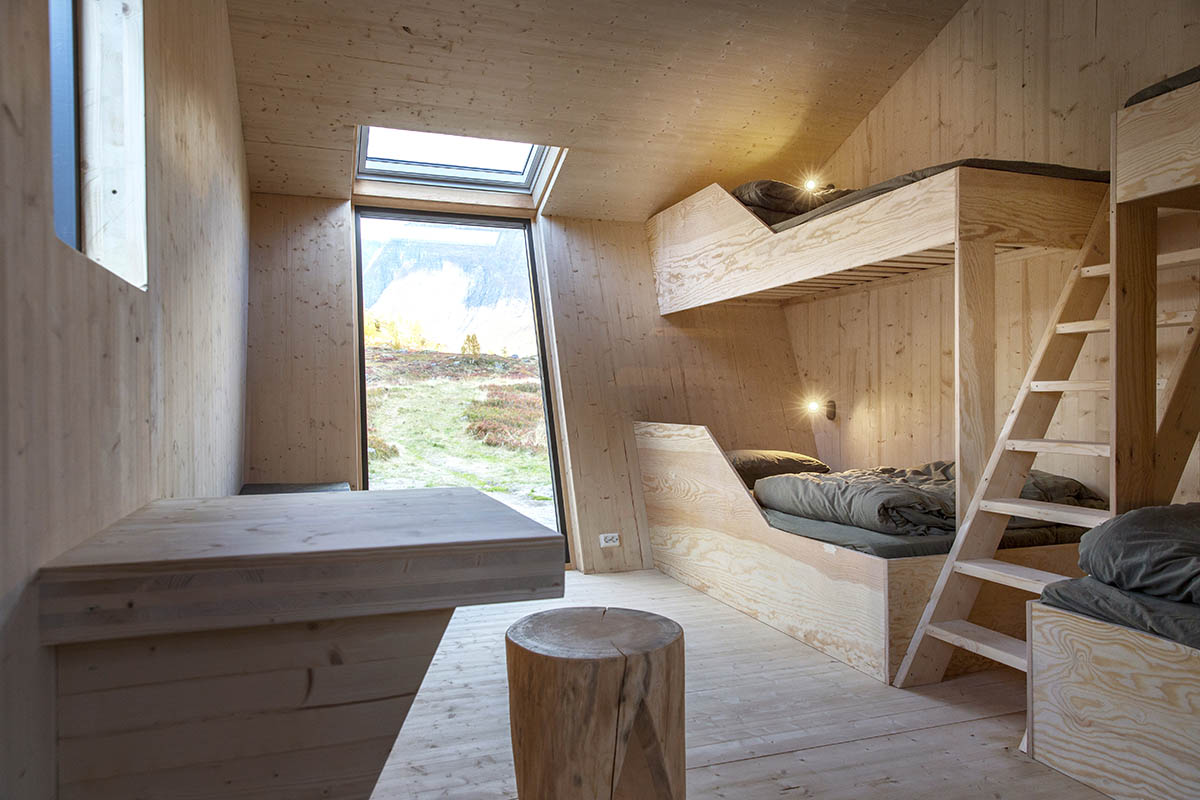
Image © Jan M. Lillebø
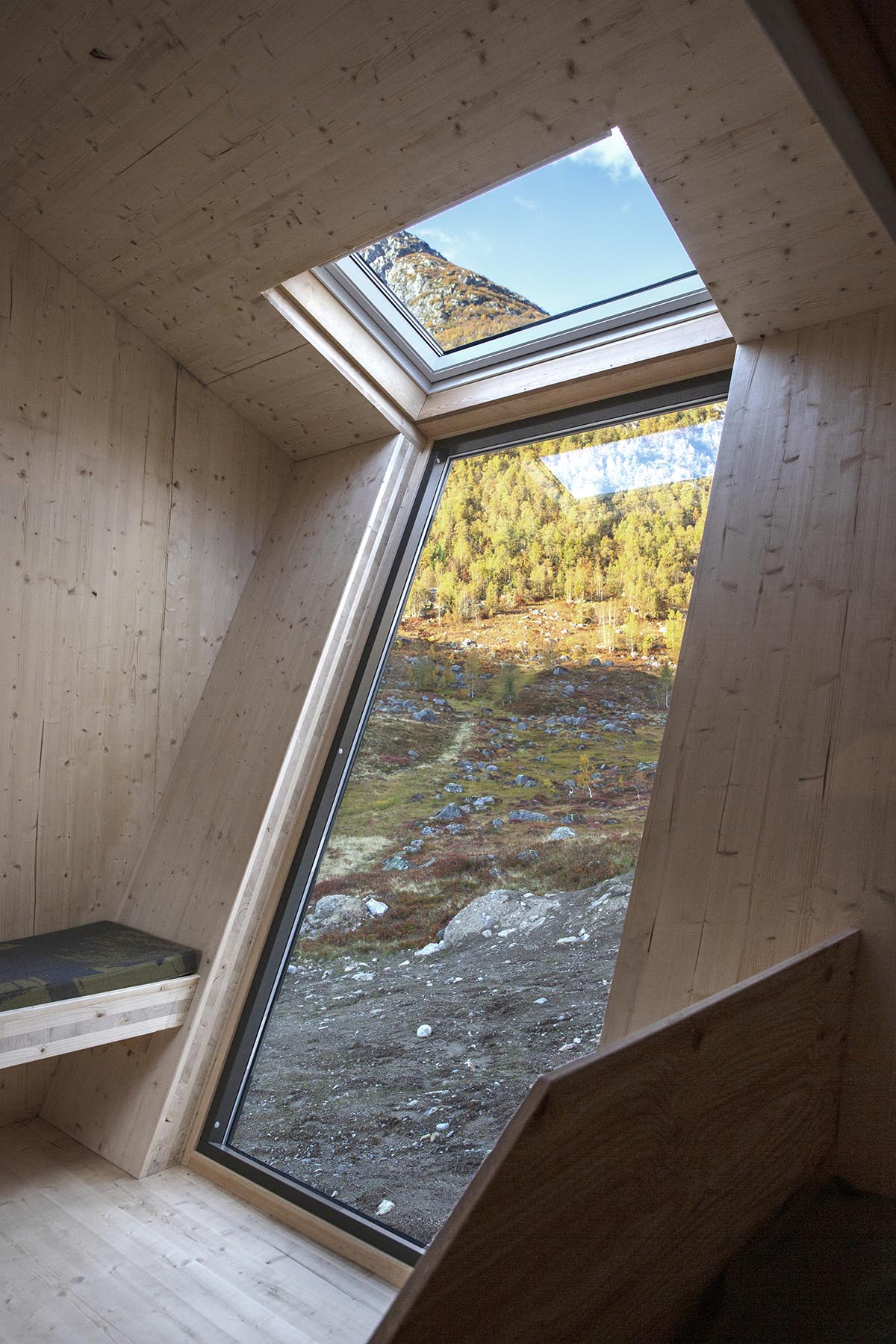
Image © Jan M. Lillebø
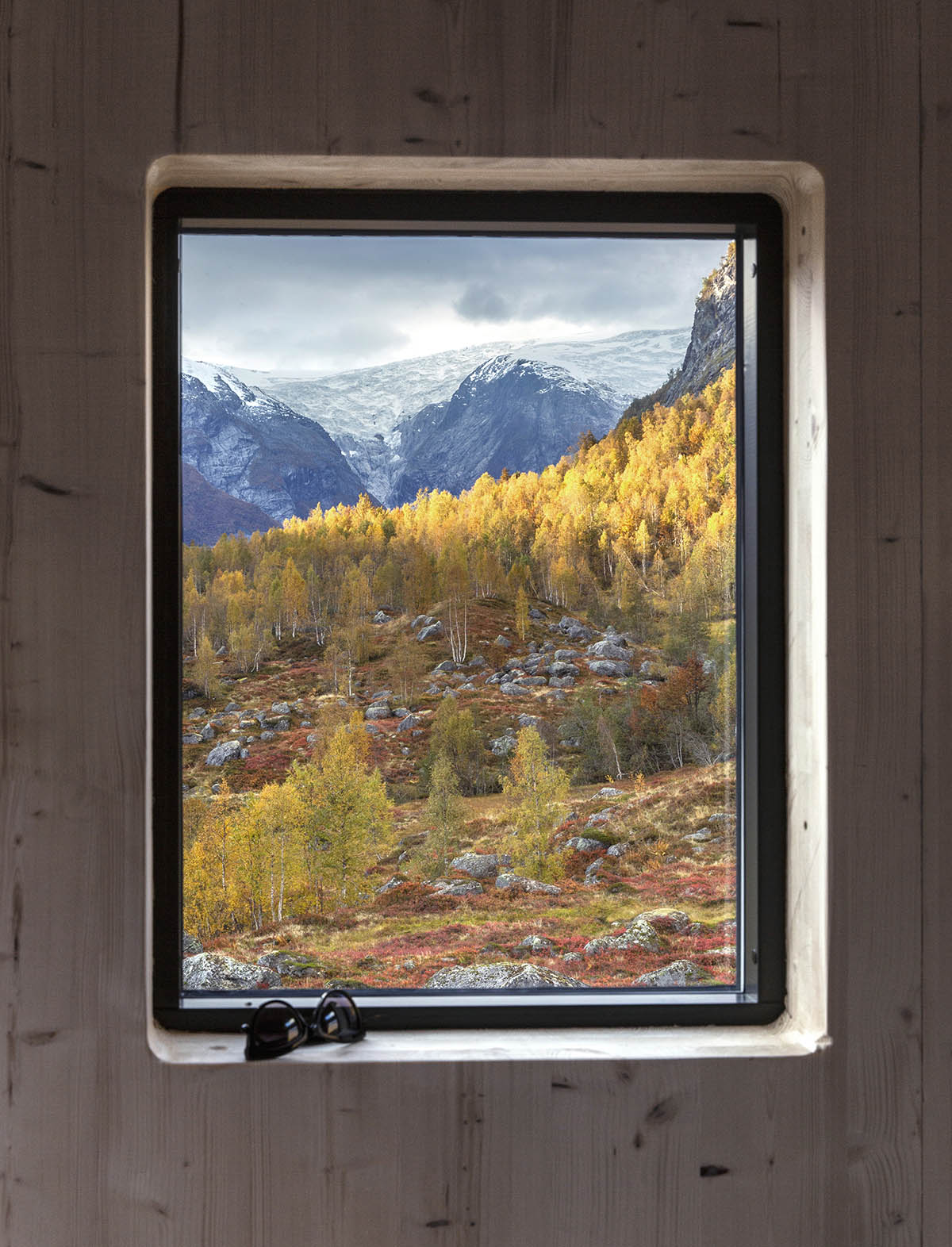
Image © Jan M. Lillebø

Image © Jan M. Lillebø
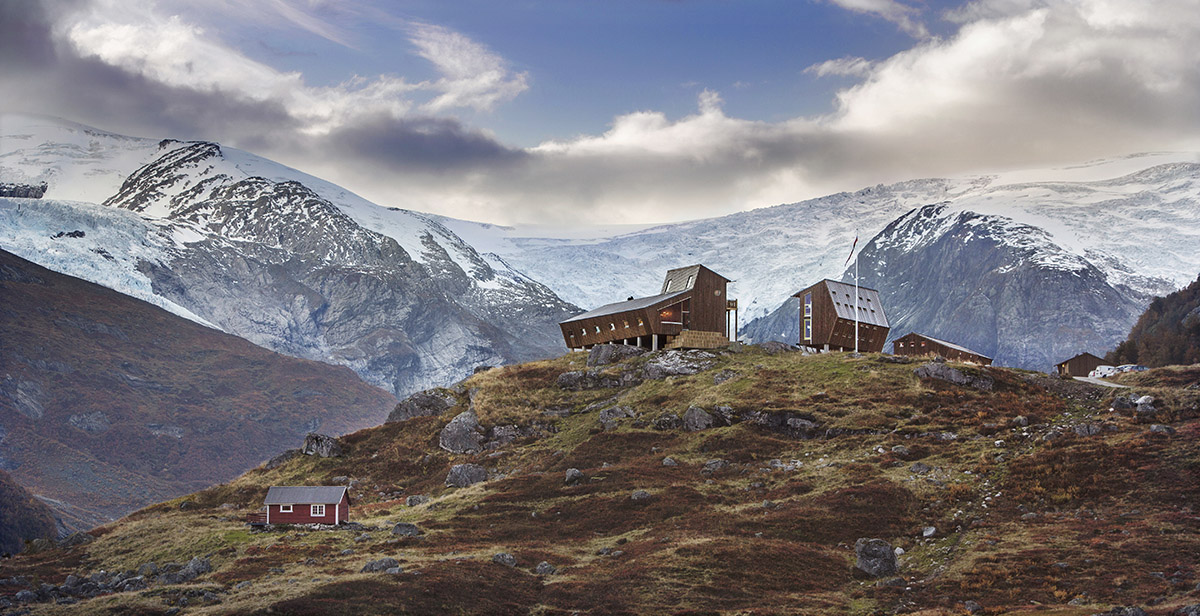
Image © Jan M. Lillebø
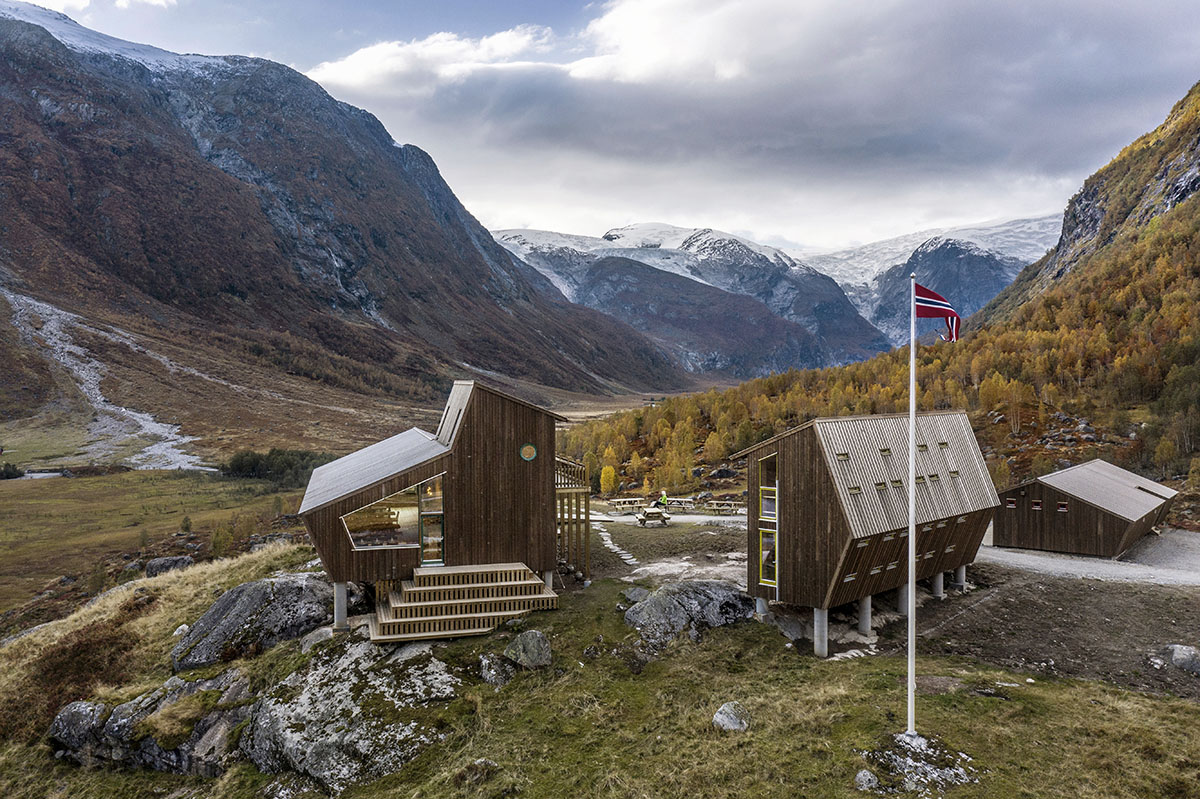
Image © Jan M. Lillebø
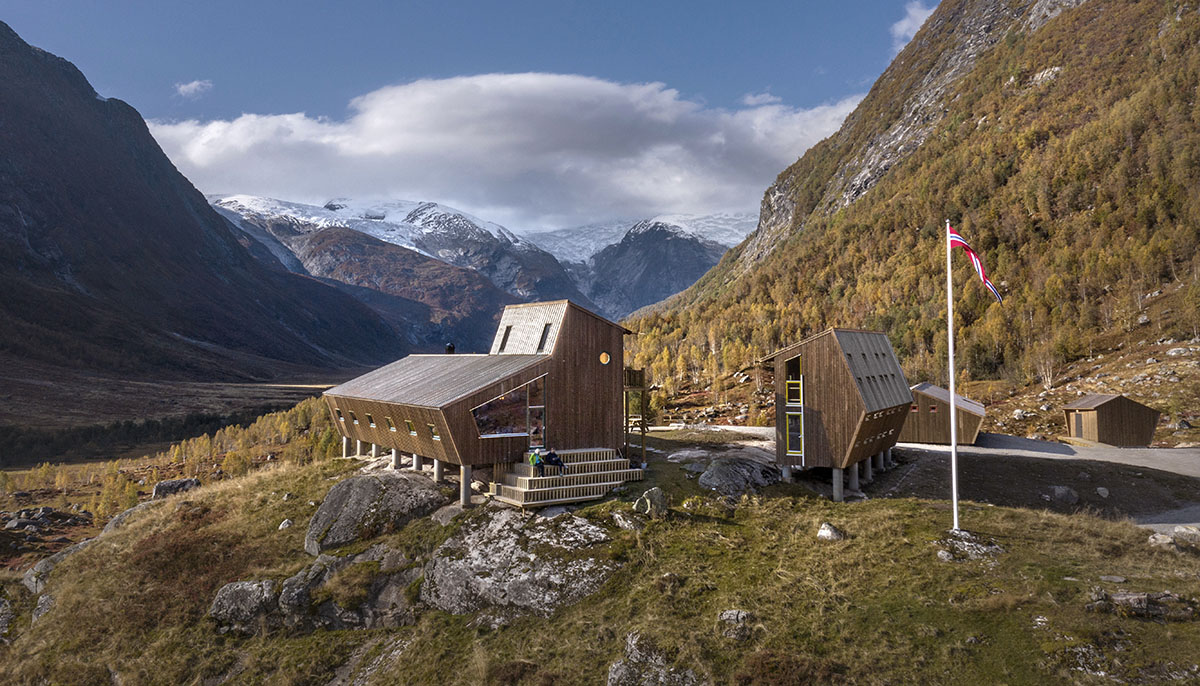
Image © Jan M. Lillebø
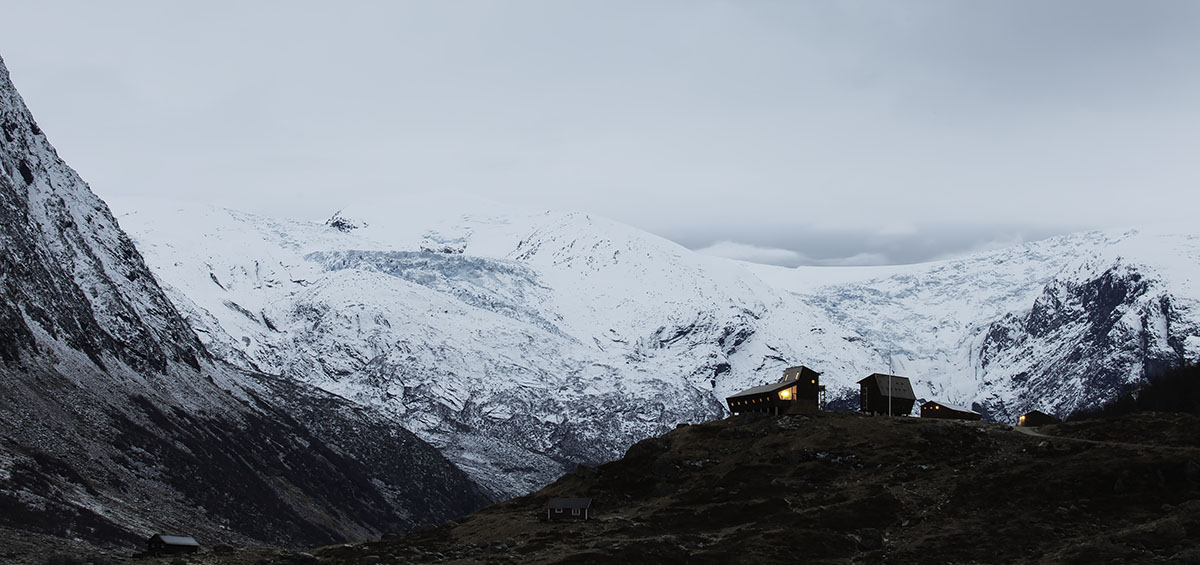
Image © Ketil Jacobsen
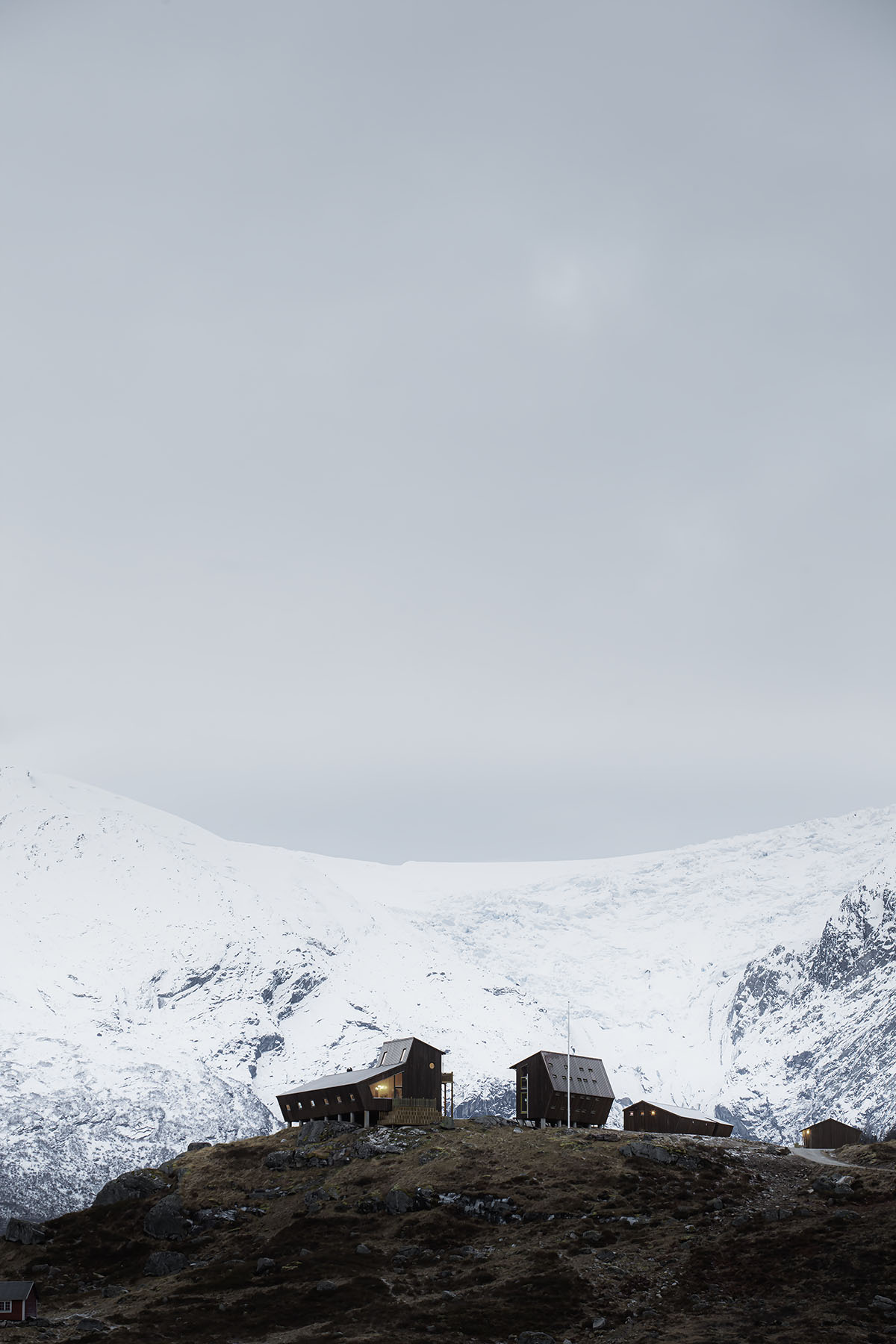
Image © Ketil Jacobsen
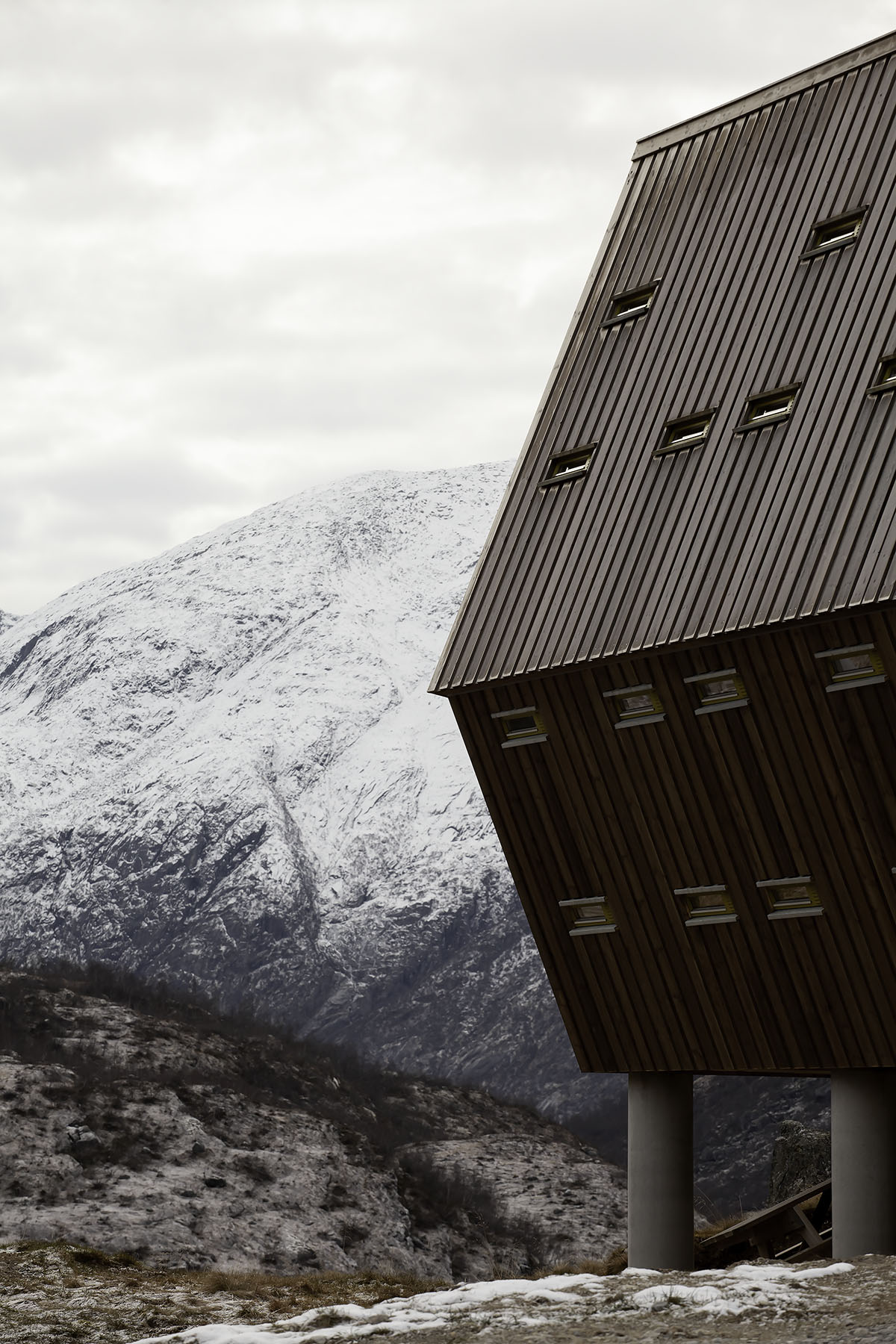
Image © Ketil Jacobsen

Image © Ketil Jacobsen
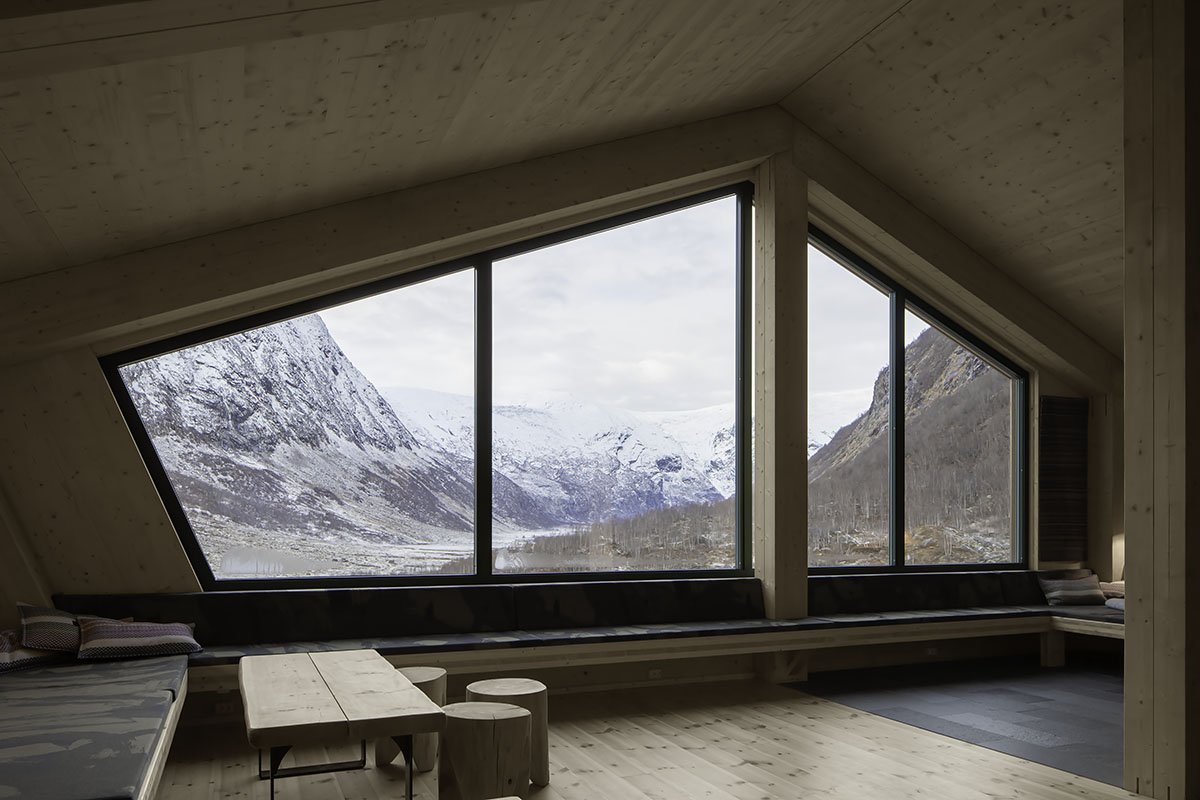
Image © Ketil Jacobsen
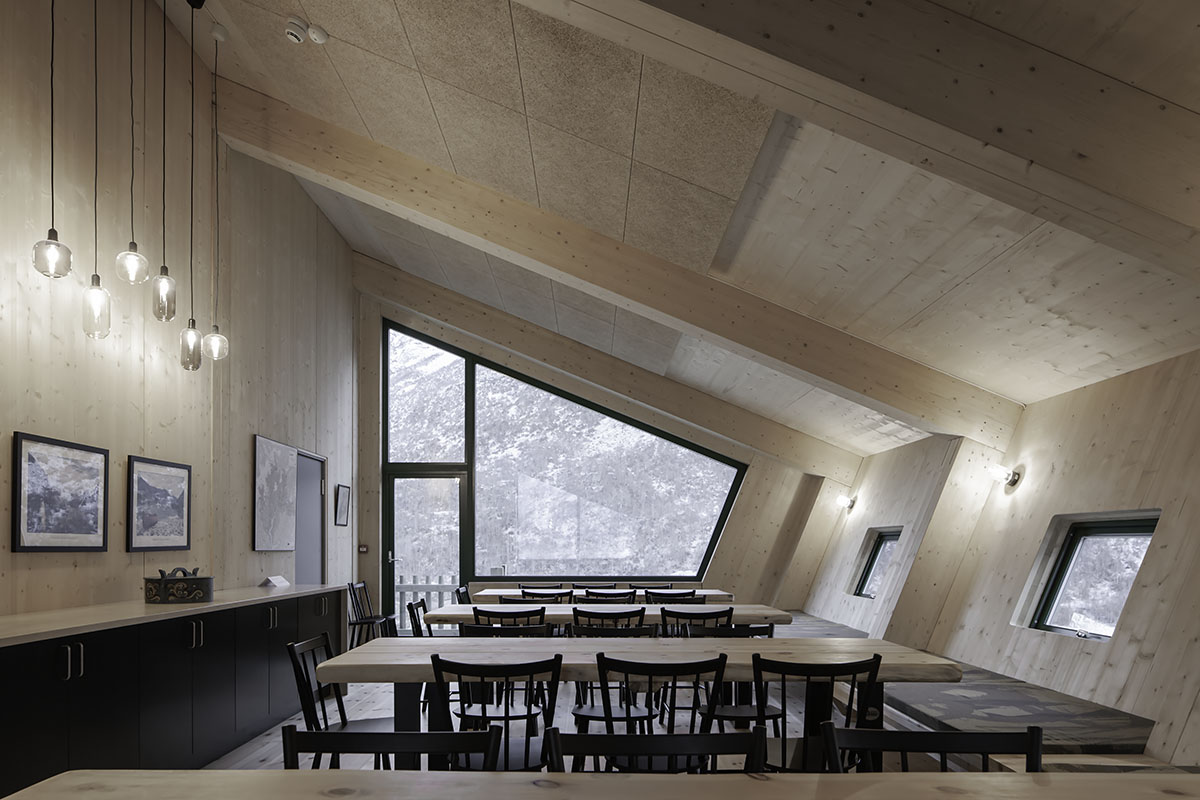
Image © Ketil Jacobsen
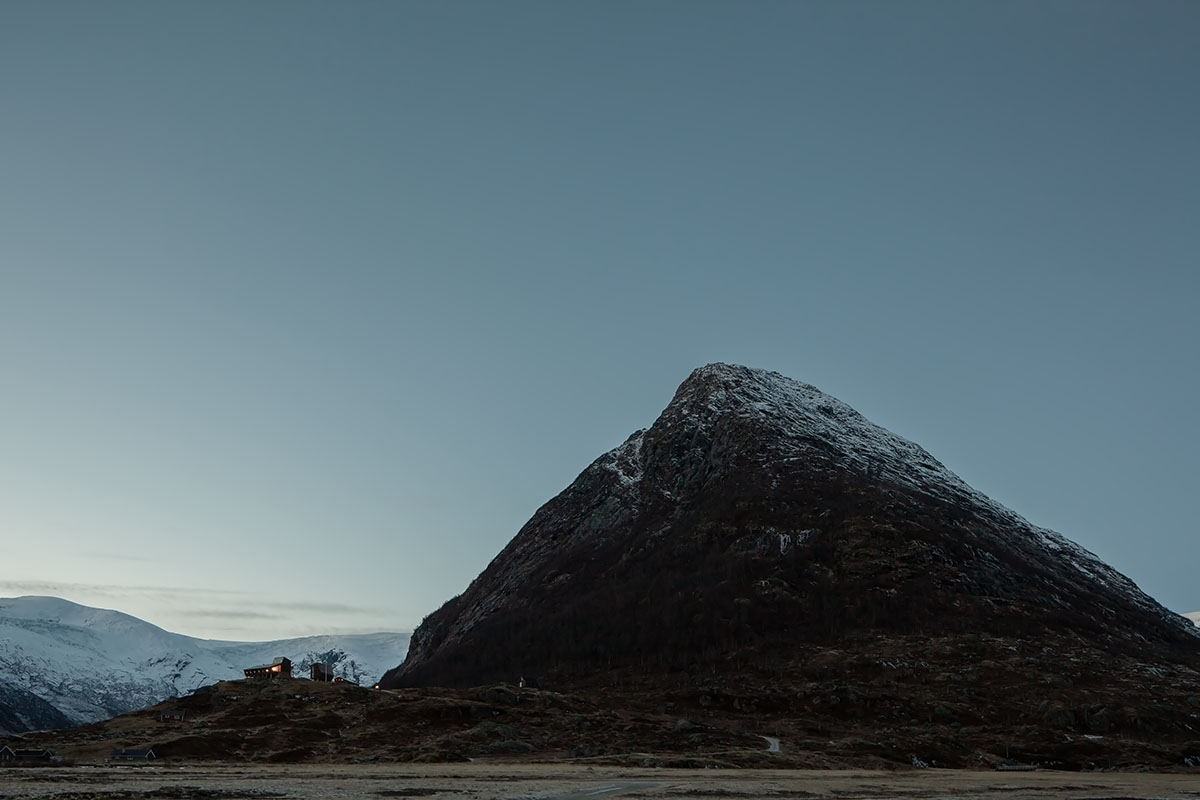
Image © Ketil Jacobsen
Snøhetta was founded by Kjetil Trædal Thorsen, Craig Edward Dykers in 1989 in Oslo. For 30 years, Snøhetta has designed some of the world’s most notable public and cultural projects. Snøhetta kick-started its career in 1989 with the competition-winning entry for the new library of Alexandria, Egypt.
This was later followed by the commission for the Norwegian National Opera in Oslo, and the National September 11 Memorial Museum Pavilion at the World Trade Center in New York City, among many others.
Top image © Jan M. Lillebø
> via Snøhetta
